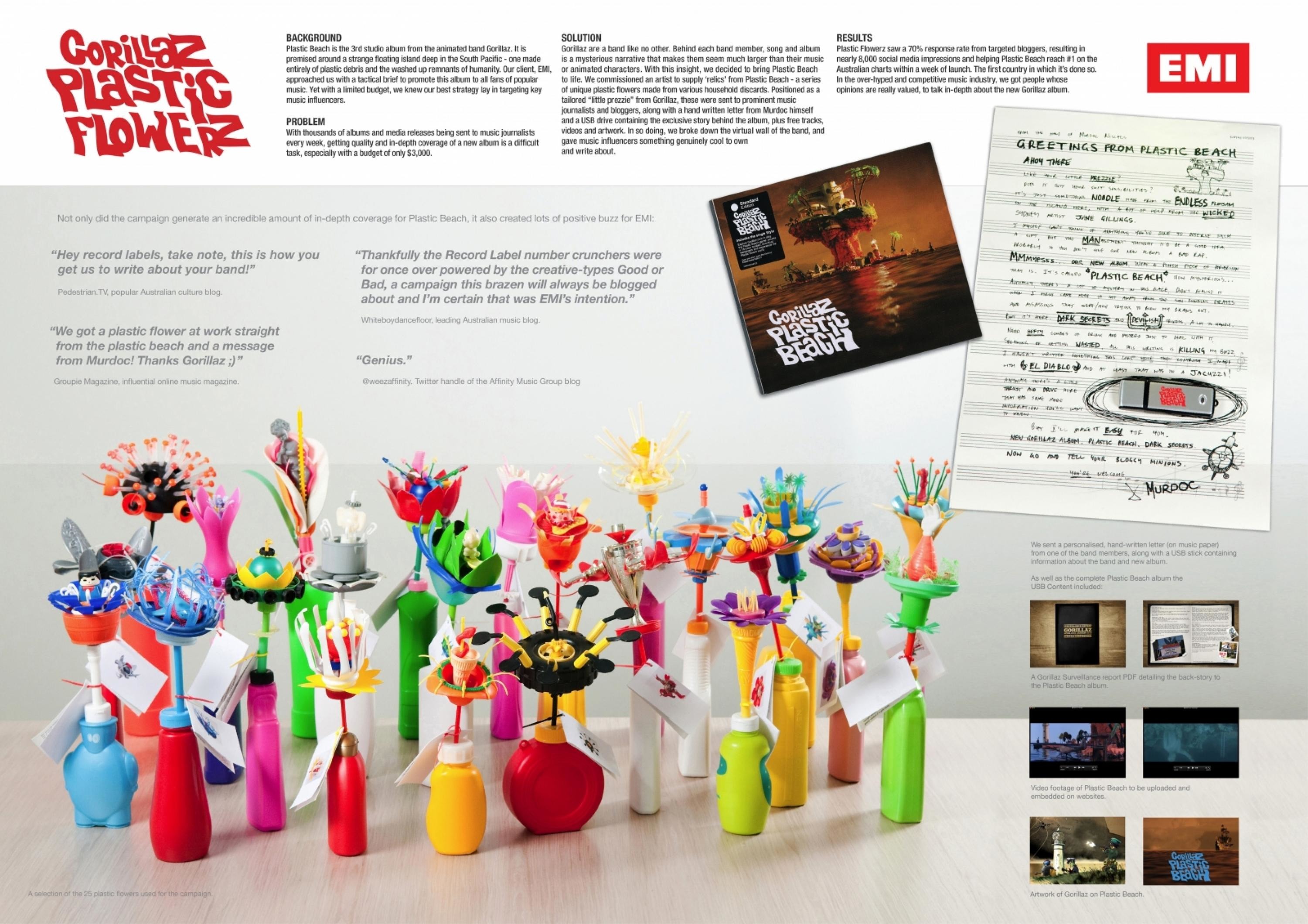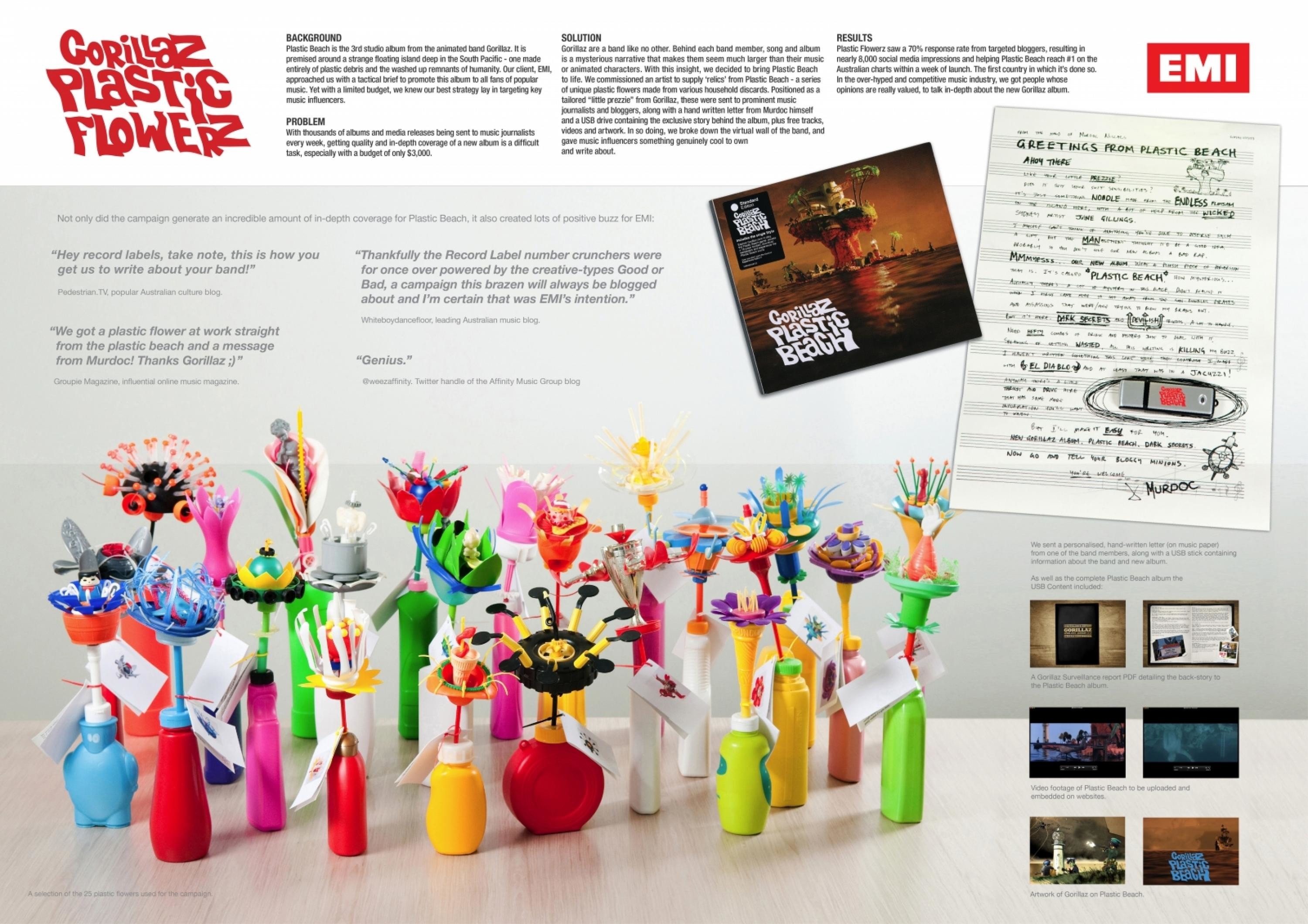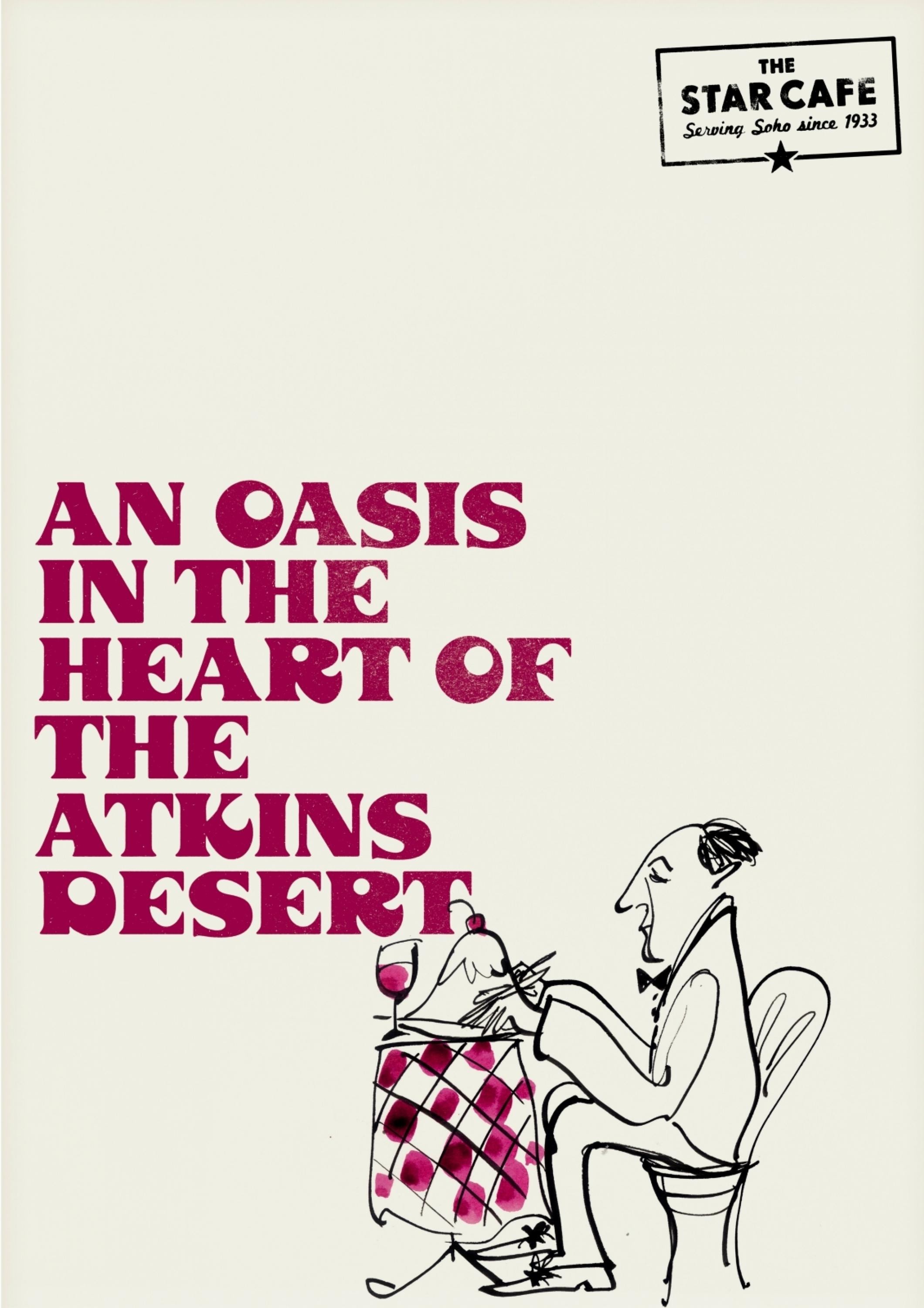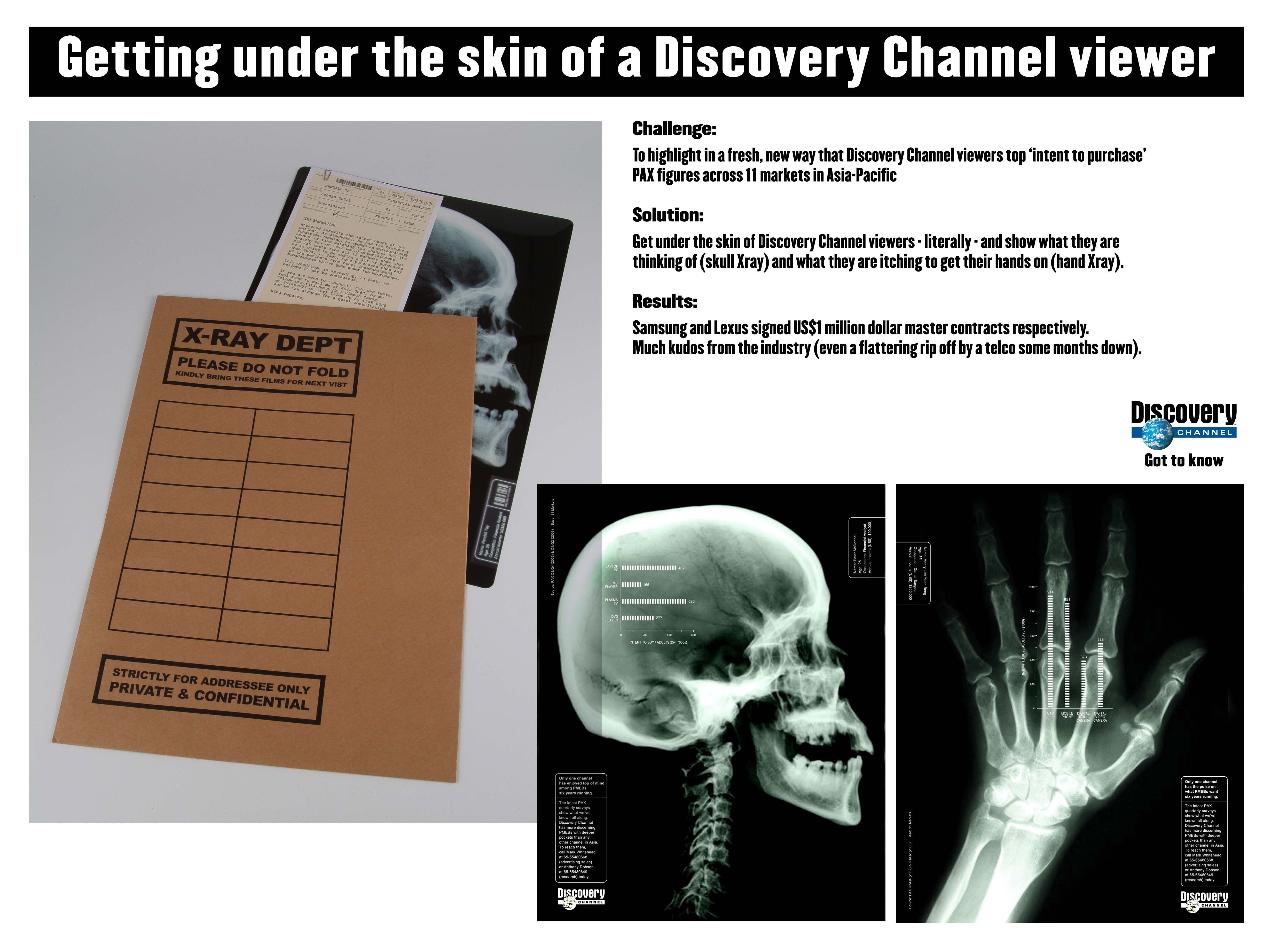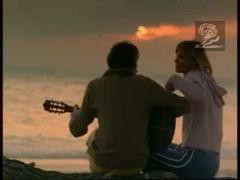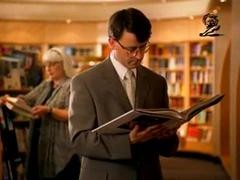Cannes Lions
Give Me The Future
VMLY&R, Kansas City / EMI / 2022

Overview
Entries
Credits
Overview
Background
In 2021 EMI reached out with a view to exploring the future of music performance / promotion, and to access our wealth of knowledge and expertise in emerging technologies in relation to content creation, as well as incredible partnerships and relationships with the creators of those technologies. EMI are part of an amazing industry of artists and creators which is undergoing radical transformation. Bastille, on EMI, were scheduled to release “Give Me The Future”, an album created during lockdown with themes addressing rapid technological change and our human relationships with it, and with each other. Bastille’s world-building and storytelling set the perfect stage for using state-of-the-art virtual production technology and virtual world creation to explore a new kind of performance and audience connection, bringing fans around the world into the concert, connecting with the band, rather than the band’s avatars. This is the ‘hybrid’ virtual/physical live performance of the future.
Idea
There have been many concerts in virtual worlds: Travis Scott, Ariana Grande, Lil Nas X etc. These are fun, but lack the human connection of physical live performance. So, in partnership with Epic Games, rather than put the concert in the metaverse, we brought the metaverse to the concert by combining state of the art virtual production technology with virtual reality, enabling fans around the world to enter the worlds we created and interact with the real flesh-and-blood band members on stage. Bastille’s #1 new album “Give Me The Future” is a concept album addressing new technologies, and our human relationships both with them and each other. We brought to the album to life through a fully-realised virtual world where fans could experience the physical real-world performance live from anywhere in the world, and then explore afterwards in VR through Oculus Quest, re-inventing the experience while elevating the human connection.
Strategy
We first briefed our network-wide Creative Technology Community. The brief included the creation of a ‘hybrid’ virtual/physical live performance, and the narrative themes from the Bastille album. Having chosen to enable fans around the world to enter a virtual world screened on a massive LED wall behind the band, we need to prototype the new techniques we would need to employ:
• Using lidar on an iPhone to scan yourself
• Turning the result into a point cloud person and ‘injecting’ it into an Unreal virtual world.
• Enabling the point cloud person in the virtual world on the LED wall to interact directly with a ‘real’ physical person standing in front of it.
• Porting the virtual world and point cloud fans into VR through Oculus Quest
• Capturing the stage as a 3D mesh using Azure Kinect cameras, creating a virtual environment from the results
Execution
Several stunning virtual worlds were created with Epic using Unreal Engine to illustrate the album’s themes. A physical concert was staged in a disused cold war missile testing facility at which the band played to an audience of fans. Behind the band was a 45ft LED wall, onto which these virtual worlds were displayed. For the first time ever, fans around the world could use the lidar on their iPhones or Xbox Kinect cameras to ‘beam’ themselves into these worlds, where they would appear as stylised point cloud avatars in the virtual world on the LED wall. They would then be able to interact directly with the real flesh-and-blood band members live onstage, rather than experience the avatar-to-avatar interactions of standard ‘metaverse concerts’.
The stage was uniquely captured as a 3D mesh using 12 Azure Kinect cameras shipped by Microsoft specifically for the event, and the whole event was professionally filmed using 6K cameras, a drone and a 50ft technocrane.
For fans with VR headsets, a plaza was created inside the virtual world with a gigantic screen onto which the concert was live-streamed, so they could enter the world in VR and experience the performance within it, while being able to explore the world itself and discover Bastille ‘Easter eggs’ hidden in the environments.
Following the performance, footage of the streamed concert and captured assets were embedded into the virtual worlds and used to create a unique VR music experience for Oculus Quest. This is a wholly new form of experiential accompaniment to an album, alongside vinyl, cd and video. In this way, the narrative of the album has continued through live in-person and remote performance across a consistent technology platform.
Outcome
Fans from different countries scanned themselves into the virtual world on the LED wall, several of whom got to interact with the band members: copying dance moves, high-fiving and so on, while fans in front of the stage looked on, watching the performance against the background of the virtual worlds, containing the point cloud people from around the world.
The band themselves have described this as one of the best things they have done, and EMI have described it as a first major step for them in re-imagining music performance, promotion and production for a new era of emerging technologies and forms of engagement. The music industry is set to undergo radical change with the growth of virtual worlds, NFT’s and web3 generally, and exploring innovative new mediums for artists to engage audiences and express themselves is pivotal to EMI’s future.
Similar Campaigns
12 items




